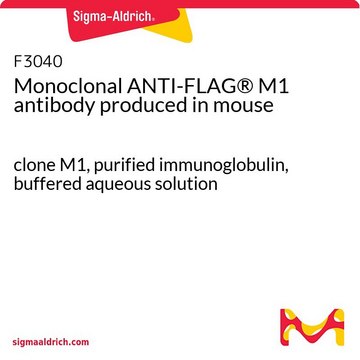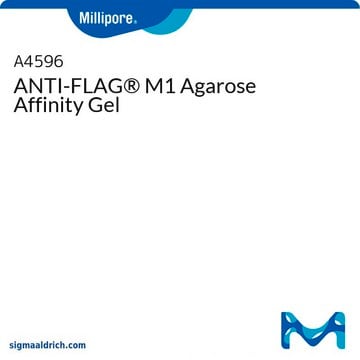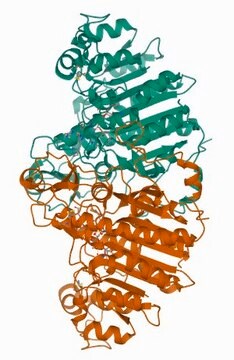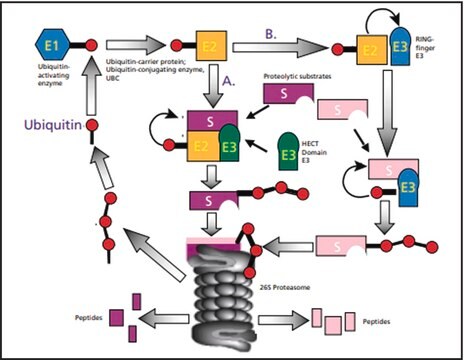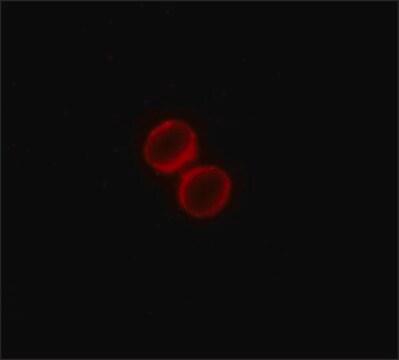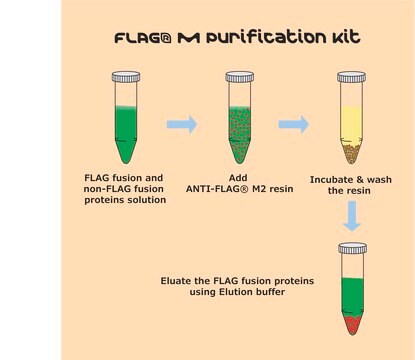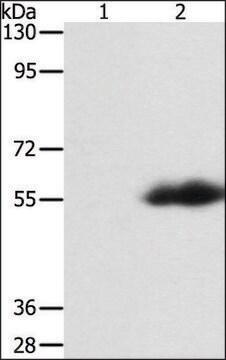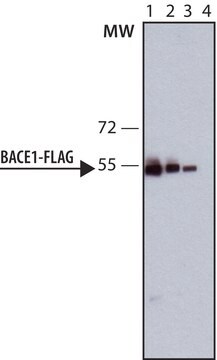F4042
Monoclonal ANTI-FLAG® M5 antibody produced in mouse
clone M5, purified immunoglobulin, buffered aqueous solution
Sinónimos:
Anti-ddddk, Anti-dykddddk
About This Item
Productos recomendados
origen biológico
mouse
Nivel de calidad
conjugado
unconjugated
forma del anticuerpo
purified immunoglobulin
tipo de anticuerpo
primary antibodies
clon
M5, monoclonal
formulario
buffered aqueous solution
purificado por
using Protein A
reactividad de especies
all
concentración
2-5 mg/mL
técnicas
western blot (chemiluminescent): 10 μg/mL
isotipo
IgG1
secuencia del inmunógeno
DYKDDDDK
Condiciones de envío
dry ice
temp. de almacenamiento
−20°C
Descripción general
Method of purification - Protein A
Inmunógeno
Aplicación
Forma física
Nota de preparación
Otras notas
Información legal
¿No encuentra el producto adecuado?
Pruebe nuestro Herramienta de selección de productos.
Producto relacionado
Código de clase de almacenamiento
12 - Non Combustible Liquids
Clase de riesgo para el agua (WGK)
nwg
Punto de inflamabilidad (°F)
Not applicable
Punto de inflamabilidad (°C)
Not applicable
Certificados de análisis (COA)
Busque Certificados de análisis (COA) introduciendo el número de lote del producto. Los números de lote se encuentran en la etiqueta del producto después de las palabras «Lot» o «Batch»
¿Ya tiene este producto?
Encuentre la documentación para los productos que ha comprado recientemente en la Biblioteca de documentos.
Los clientes también vieron
Nuestro equipo de científicos tiene experiencia en todas las áreas de investigación: Ciencias de la vida, Ciencia de los materiales, Síntesis química, Cromatografía, Analítica y muchas otras.
Póngase en contacto con el Servicio técnico